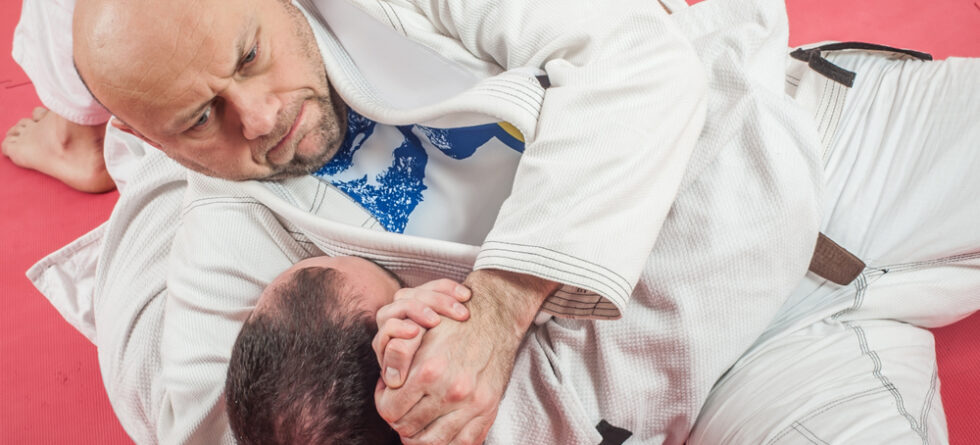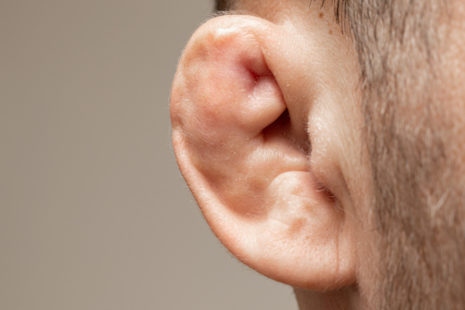Brazilian Jiu-Jitsu (BJJ) is a physically demanding sport that involves grappling, joint manipulation, and submission techniques, which can put practitioners at risk of various injuries.
Some common injuries among BJJ practitioners include…
- Joint Sprains and Strains – Due to the nature of the sport, BJJ practitioners are susceptible to sprains and strains in joints such as the knees, elbows, shoulders, and ankles. These injuries can occur from sudden twisting or hyperextension movements during grappling exchanges.
- Muscle Tears and Bruises – Muscle tears and bruises can result from the intense physical contact and grappling techniques used in BJJ. Commonly affected muscles include those in the arms, legs, back, and neck.
- Ligament Injuries – Ligament injuries, such as anterior cruciate ligament (ACL) tears or medial collateral ligament (MCL) sprains in the knees, can occur due to twisting or hyperextension of the joint during takedowns or submissions.
- Meniscus Tears – The meniscus, a cartilage in the knee joint, can be torn or injured from twisting movements or direct impact during BJJ training or competitions.
- Shoulder Injuries – BJJ practitioners may experience shoulder injuries, including rotator cuff strains or tears, labral tears, and shoulder dislocations, often resulting from repetitive overhead movements, joint manipulation, or falls.
- Neck and Spine Injuries – Neck strains, herniated discs, and spinal injuries can occur from the application of pressure, twisting, or impact to the cervical spine during grappling or submission attempts.
- Joint Dislocations – Dislocations of joints such as the shoulders, elbows, fingers, and knees can occur from sudden impacts or hyperextension during takedowns, submissions, or falls.
- Facial Injuries – Facial injuries, including bruises, cuts, and cauliflower ear (auricular hematoma), can result from accidental impacts or friction against training partners’ bodies or the mat surface.
- Skin Infections – BJJ practitioners are at risk of skin infections, such as ringworm, impetigo, and fungal infections (e.g., athlete’s foot), due to close contact with training partners and exposure to shared equipment and mats.
- Overuse Injuries – Overuse injuries, including tendonitis (e.g., tennis elbow, golfer’s elbow), bursitis, and stress fractures, can occur from repetitive strain on joints and muscles during BJJ training, particularly if proper rest and recovery are not prioritized.
BJJ practitioners need to train safely, use proper techniques, listen to their bodies, and prioritize injury prevention strategies such as warm-up exercises, stretching, conditioning, and adequate rest and recovery. Also, seeking medical attention for any injuries or symptoms is crucial for timely diagnosis and treatment to prevent further complications.




